Cookies help us deliver the best experience on our website. By clicking Accept you are agreeing to the placement and use of cookies as described in our privacy policy.
How to Grow Sage at Home
Cultivating your own herbs indoors is an excellent alternative for those looking to add some green while boosting their culinary skills. By growing sage at home, you can add some extra flavor to your favorite dishes while also taking advantage of the medicinal benefits of this ancient herb. And imagine your dwelling with fresh sage leaves at your fingertips all year round.
So, whether you’re an experienced gardener looking to expand your herb collection or a novice eager to set your sails on your first indoor gardening adventure, Gardyn has you covered.
Are you curious to know an alternative to store-bought produce that simply diminishes in flavor and freshness after only a couple of days? Step in: Gardyn! With the Home Kit 3.0, indoor gardening has never been easier!
DAYS TO SPROUT
7-21 DAYS
MATURE IN
80-90 DAYS
TASTE IT FOR
4-12 WEEKS
Table of Contents
Care & Harvest
✂️ Pruning
🔎 Plant Health
Sage faces common pests, but use our tricks for prevention and treatment!
🥬 Harvest
Frequent harvesting extends plant life. Pinch off leaves or use clean shears. Harvest up to one-third of plant height at a time. For small amounts, clip tips. Hang and dry full stems for two weeks, then store in an airtight container.
Grow Your Favorite Produce
With Better Taste and Zero Waste
Why Grow Sage at Home?

Growing sage indoors is a rewarding and straightforward process! Start your sage garden oasis today and unlock the numerous benefits it has in store for you and your household.
Enjoy Maximum Yields All Year Round
Growing sage at home allows you to have a fresh supply all throughout the year. Unlike outdoor gardens that are subject to seasonal changes, indoor cultivation provides a controlled environment where you can harvest sage whenever you need it.
Capitalize on Limited Space
Limited gardening space should not hinder you from producing what you want and when you want. Easily accommodate sage plants even in the smallest of spaces. Whether you live in an apartment, have a compact kitchen, or simply want to add some greenery to your workspace, growing sage at home offers a convenient solution.
Settle for Easy
Sage is known for its resilience and ability to thrive in various conditions, making it an excellent choice for indoor gardening enthusiasts. Indeed, it is a hardy perennial herb that requires minimal maintenance. Regular watering, ensuring good air circulation around the plant, and providing adequate sunlight are rudimentary plant care requirements that go beyond simply growing sage. With just a little attention to your green friends, you can enjoy a bountiful herb harvest in only a matter of weeks.
Explore Culinary Delights That’ll Please Your Palates
Sage is a staple herb in many cuisines worldwide. Renowned for its distinct flavor and aroma, simply adding a few leaves of sage will elevate your favorite dishes, such as stuffing, roasted meats, pasta sauces, and even soups.

Grow Microgreens, Too
Bite sized superfood packed with nutrients and loaded with flavor. Go from seed to harvest in just one week.
What do You Need to Grow Sage Indoors?

To ensure optimal growth and development of your indoor sage plants, it’s important to choose a few specific elements. From choosing between the different types of sage to picking the perfect soil, we provide you with the essential steps for creating a healthy environment for your sage to thrive:
- Start by selecting among the different sage varieties (Common garden sage, Mexican bush, Scarlet sage, Clary sage, Tricolor sage…) that you want to grow;
- Choose containers that have good drainage holes at the bottom to prevent waterlogging, as excessive moisture can cause root rot. Ensure they have a depth of at least 8 inches to ensure healthy root development;
- Select a well-drained soil that is slightly acidic to neutral in pH. A high-quality potting mix specifically formulated for herbs or vegetables should be your go-to choice as it’ll provide the right balance of nutrients and moisture retention, promoting healthy root development, and overall plant growth.
However, for a convenient all-in-one solution to growing sage at home, why not consider amongst Gardyn’s Home Kits? These innovative systems provide a controlled environment, optimized lighting, and automated watering for hassle-free gardening. Designed to maximize plant growth and yields, you’re only steps away from making sustainable lifestyle choices that will not only benefit you but the planet as well. View which model is right for you.
How to Plant Sage at Home?
You want to embark on your new sage gardening journey, but you’re unsure of how to get started? Whether you’re using traditional containers or opting for the innovative yCubes from the Gardyn Home Kits, we’ll provide you with all the information you need to seamlessly set up your green oasis.
Step 1: Set Up Your Containers
After choosing the suitable container, fill it with a well-drained potting mix, preferably one specially formulated for herbs or vegetables. If not, consider choosing from one of Gardyn’s Home Kits that provides yCubes: pre-seeded pods that make planting and growing sage a breeze.
Step 2: Plant the Sage Seeds
Start by creating small indentations or furrows on the surface. Plant the sage seeds according to the recommended planting depth, typically around ¼ inch deep. Space the seeds according to the guidelines provided on the seed packet, which are typically a few inches apart to allow appropriate room for growth.
If you’re using yCubes, simply insert them into the provided slots in the Gardyn Home Kit and you’re only inches away from witnessing your seeds flourish.
Step 3: Determine the Ideal Location
Sage plants thrive in full sun, so it’s essential to place your young plants in a spot that receives at least 6-8 hours of direct sunlight each day. South-facing windows or well-lit areas near a sunny window are ideal. If natural light is limited, consider supplementing with artificial grow lights to ensure sufficient light and thus optimal growth.
Also, just like humans, plants need good quality air and circulation to thrive. This also prevents any issues arising from mildew.
How to Care For Your Sage?
Caring properly for your sage plants is essential to keep them healthy and thriving. By following these little tips, you’ll ensure abundant growth and harvest! Here’s everything you need to know about growing and caring for your sage:
- Water your plants abundantly but infrequently, ensuring thorough saturation that’ll penetrate the root zone. However, avoid overwatering. As a general tip, the top inch of soil should dry out before watering again;
- Relatively low-maintenance and doesn’t require a heavy fertilization, to promote a sage plant, apply a balanced, water-soluble fertilizer every four to six weeks. You can also feed your plant with compost, to avoid affecting its flavor;
- Sage plants like moderate temperatures. Make sure to maintain it between 60°F and 70°F and to avoid exposing them to extreme conditions (frost or extreme heat);
- Pruning is essential as it helps maintain a compact and bushy shape. It also prevents the plant from becoming leggy and promotes better air circulation. Prune and trim back any woody stems or spent flower stalks to encourage new growth;
- Sage plants can be susceptible to certain pests and diseases. Monitor your plants regularly for issues (spider mites or powdery mildew). If anything is detected, take appropriate action promptly, such as using organic pest control methods.
Harvesting and Using Your Sage
Once your sage plants have grown and matured, it’s time to reap the rewards of your gardening efforts. Harvesting sage not only allows you to savor its aromatic leaves but also provides a wonderful opportunity to enhance your culinary creations and bring some traditional Italian flavor to your dishes.
How and When to Harvest Your Sage?
Make sure to wait until your sage plants are growing and have enough foliage to harvest them. Start harvesting from the top of the plant to encourage new growth from the base.
Start Your Culinary Exploration
flavor to various dishes. Its earthy and slightly peppery notes complement a wide range of ingredients (meats, poultry, and roasted vegetables).
Try adding fresh sage leaves to stuffing recipes or infuse them into soups and sauces to enhance their depth of flavor. For a different texture, fry them in butter until crispy to create a delightful garnish for your pasta dishes or creamy risottos.
Recipe: Sage-Infused Butter Pasta

To inspire your culinary creativity and take your Masterchef expertise to the next level, here’s a recipe that showcases the wonderful flavor of sage.
Ingredients:
- 8 ounces of your favorite pasta;
- 3 tablespoons unsalted butter;
- A handful of fresh sage leaves, torn into small pieces;
- 1/4 cup grated Parmesan cheese;
- Salt and pepper to taste.
Instructions:
- Cook the pasta according to the package instructions until al dente. Drain and set aside;
- In a large skillet, melt the butter over medium heat. Add the shredded sage leaves and cook until the butter turns golden brown. The sage should become crispy after about 3–4 minutes;
- Add the cooked pasta to the skillet and toss until it is well coated with the sage-infused butter;
- Sprinkle Parmesan cheese over the pasta and season with salt and pepper to taste. Toss again to homogeneously combine all the flavors.
- Serve the pasta immediately. Top it off by adding a few sage leaves for a lovely IG-worthy visual presentation.
Growing Sage at Home, Gardening at its Best With Gardyn
Growing sage at home brings a host of benefits that can elevate your gardening experience and culinary endeavors 10-fold. And Gardyn’s solutions make it easier than ever. By harnessing its innovative patented Hybriponic™ technology, you can create an ideal environment for your sage plants to thrive right in the comfort of your own home.
Gardyn is transforming the indoor gardening experience and our Gardyners feel the same way too! Put your green thumbs at ease with Gardyn today.
Everything You Can Grow
Choose from 100+ tasty varieties
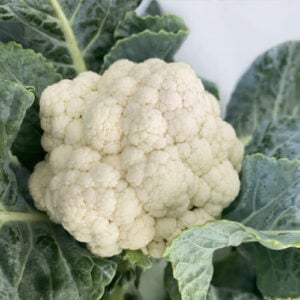


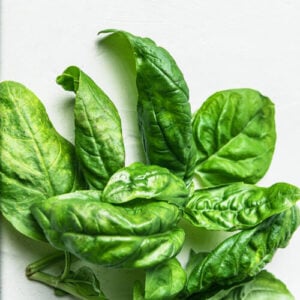
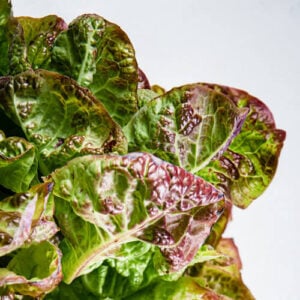


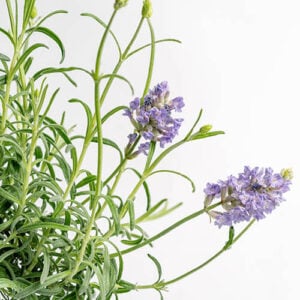


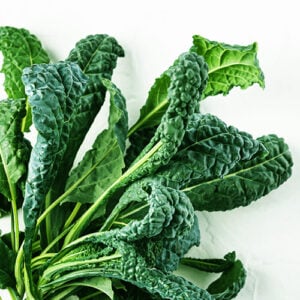

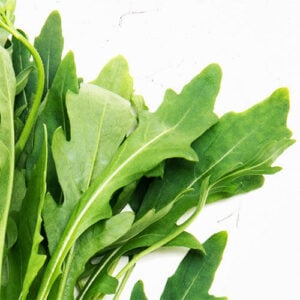

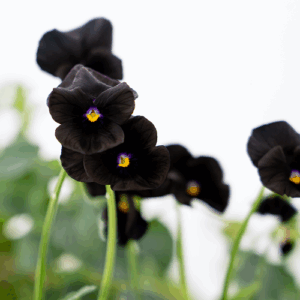
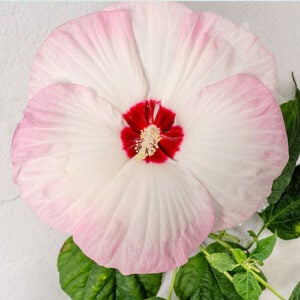

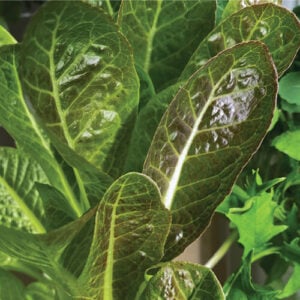
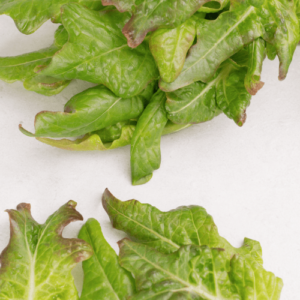
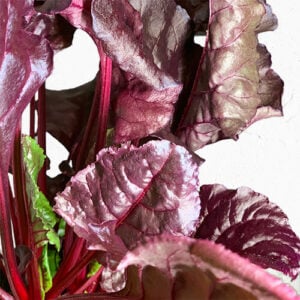
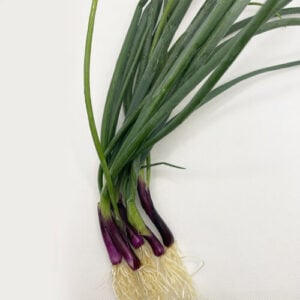

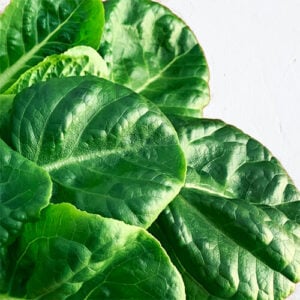


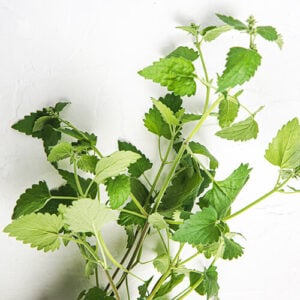
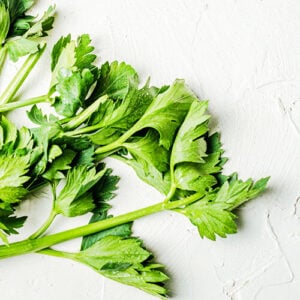


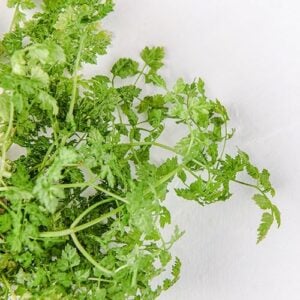
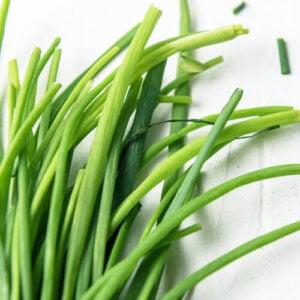
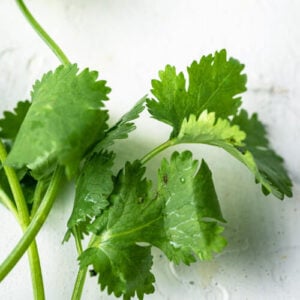
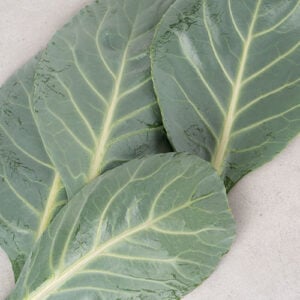
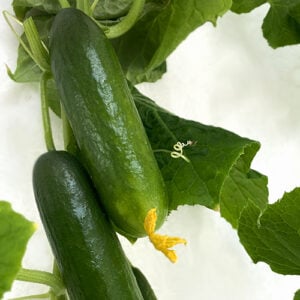
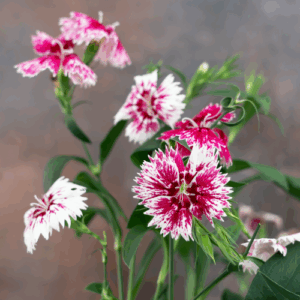
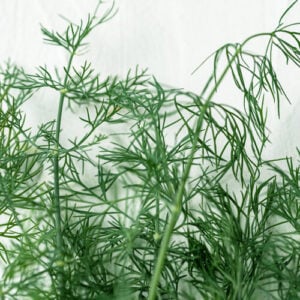

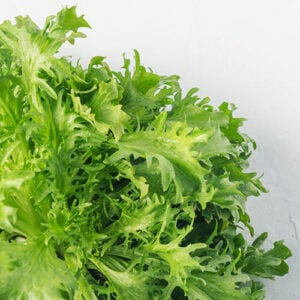


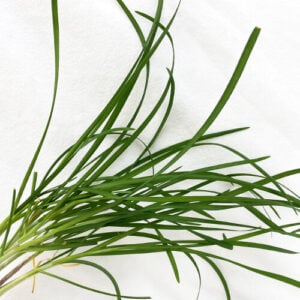
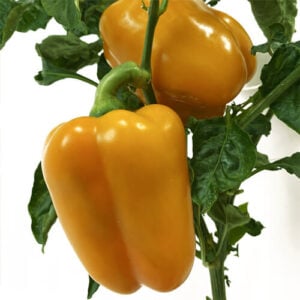

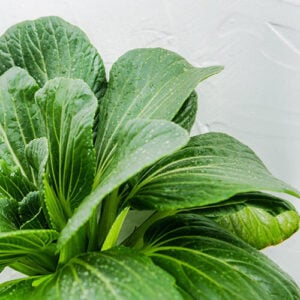
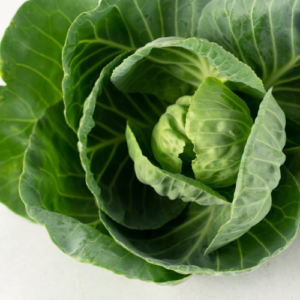

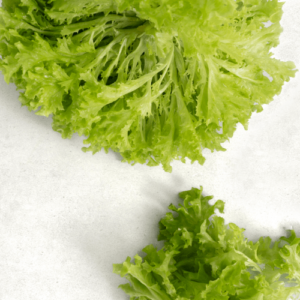
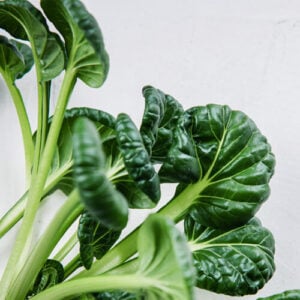
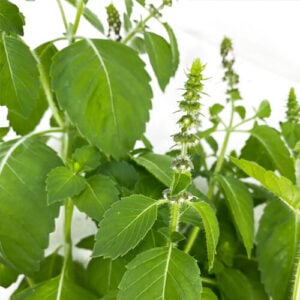
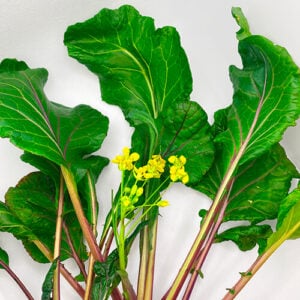
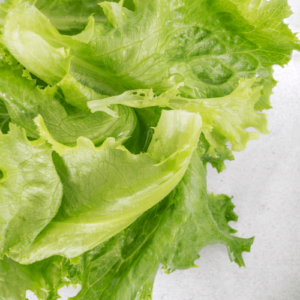
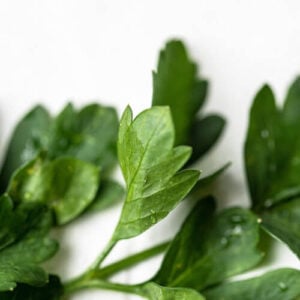
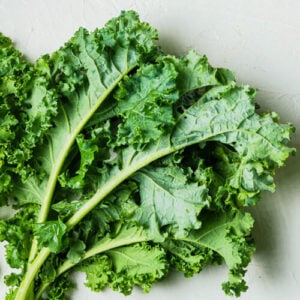
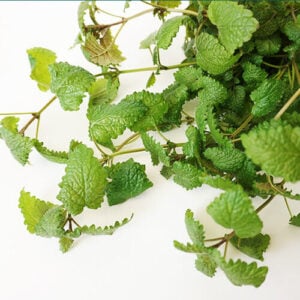

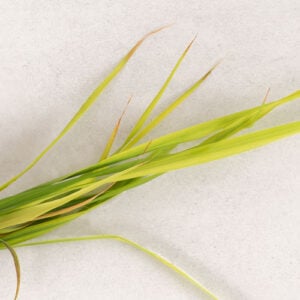
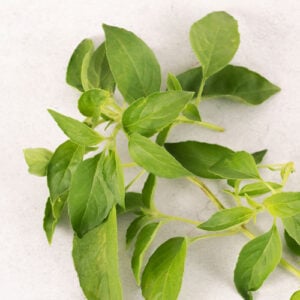
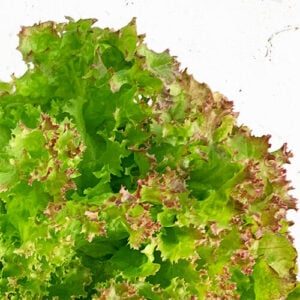

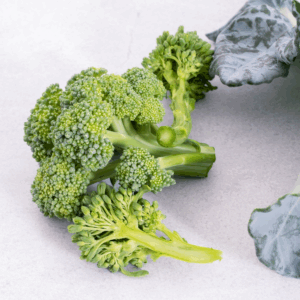

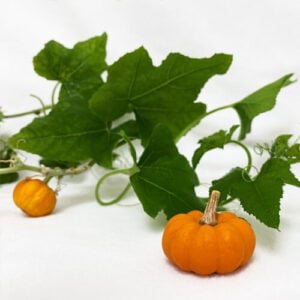
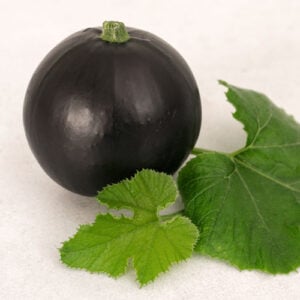


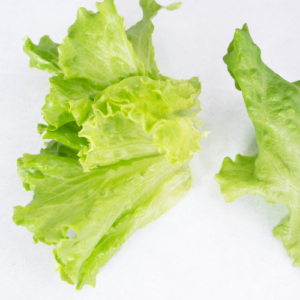

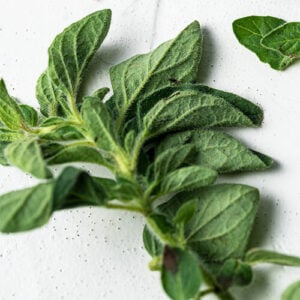
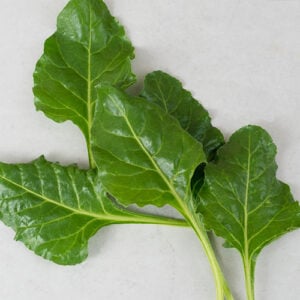
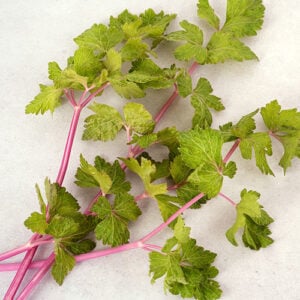

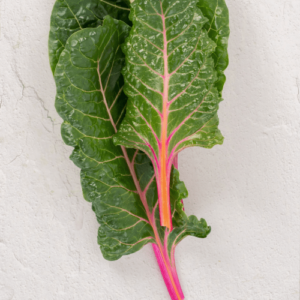


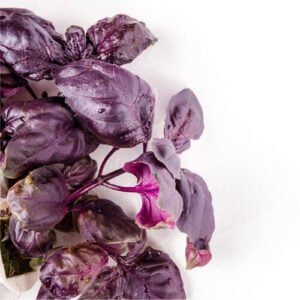
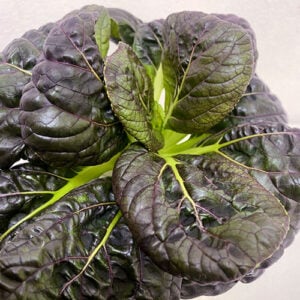

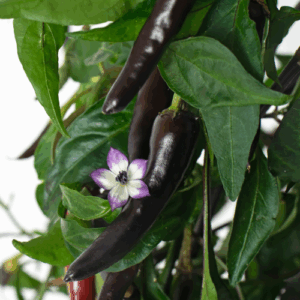

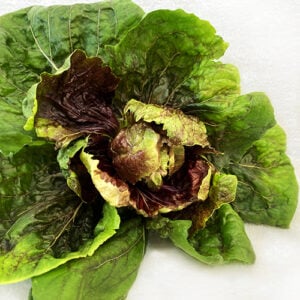

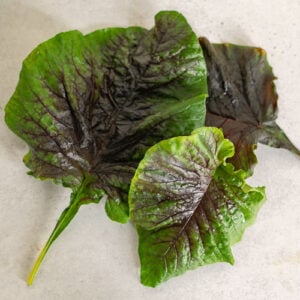



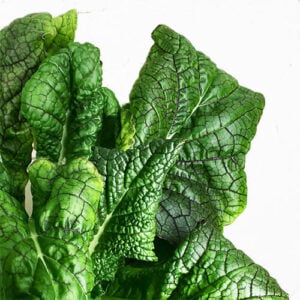
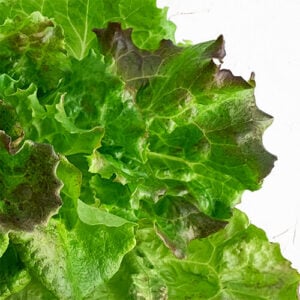
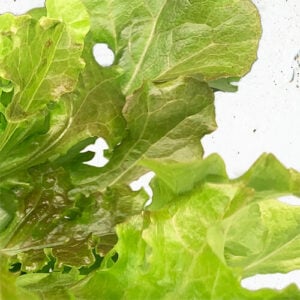

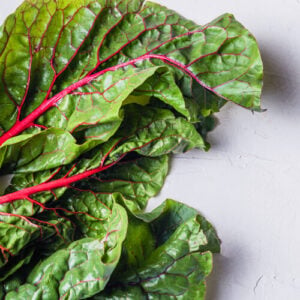
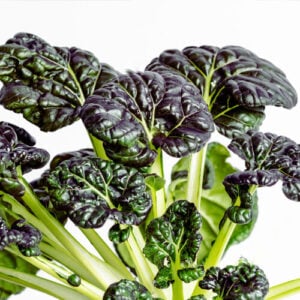



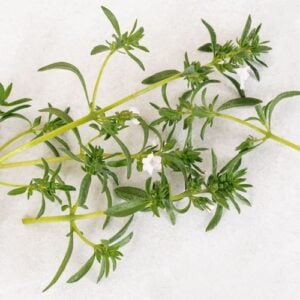

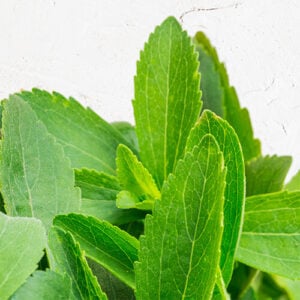



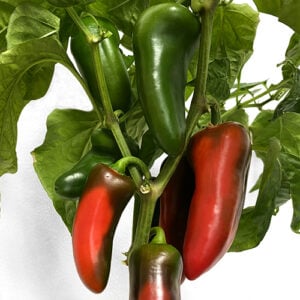





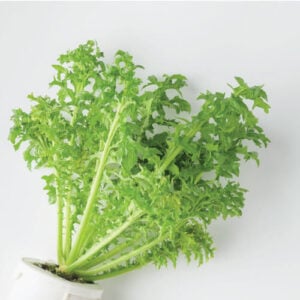






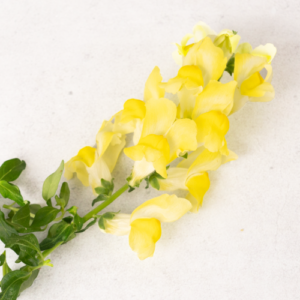
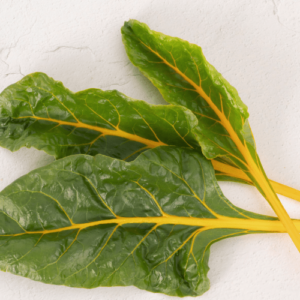

Grow All Your Produce
for as low as $29/Month
No products in the cart.

